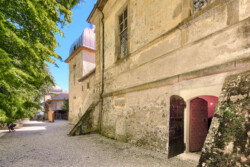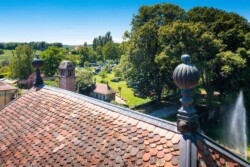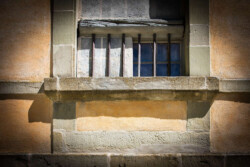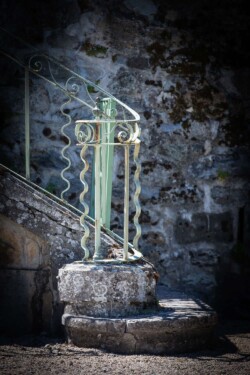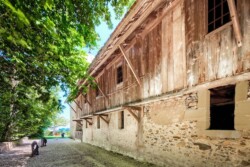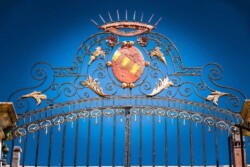Heritage
Freshness in the heart of the remains of the fortified castle on the courtyard side
An ancient history
The moat is located on the north side of the castle. Once much larger, it now occupies only the right side of the bridge, with the Secret Garden replacing the left side. The moat is home to a collection of Koi fish and golden fish.
The 2 new jets were installed in April 2018 for a variety of reasons. First, they create a magnificent spectacle, thanks to the two 10-meter high water columns that move 76,000 liters of water per hour. This, in turn, creates movement and oxygen in the water, which is beneficial to the Koi fish and keeps the water fresh.
Secondly, the moat supplies large amounts of fresh water to all the gardens of the castle. All rainwater that falls on the roof and outbuildings of the castle is diverted to the moat. This project is part of a program to make the castle gardens more environmentally friendly.
Interested in turning on the water fountains?
Well, at 11am on weekdays and 2pm on Sundays and holidays, you are invited to turn on the fountains
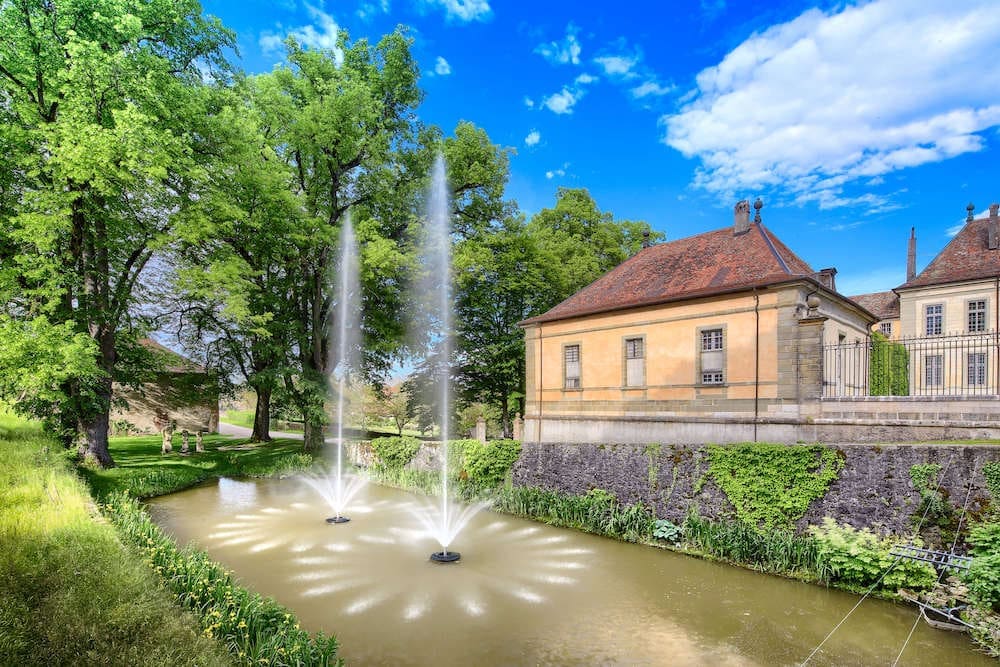
A natural fridge dating from medieval times
HISTORIC ICE PIT
The identification of medieval ice pits is a controversial topic among archaeologists as they were not built according to any standardised construction style. They are considered by some to be cesspits, dumps, silos, even dungeons, in the absence of texts confirming the existence of ice pits. Nevertheless, in Europe numerous castles were equipped with special constructions for conserving ice right up until the late 19th century. They consisted of large underground rooms or vast wells in which ice collected from lakes in the winter was piled.
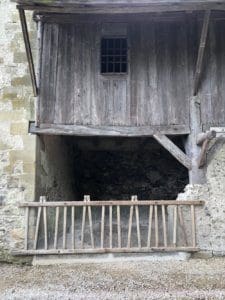
The pit was generally north facing and topped with masonry work, which in turn was covered with a dome of earth to provide better insulation. In the pit, the ice was protected from the earth and the outside air using straw and branches. To reduce air circulation, buckets of water were regularly added. The water froze as it flowed, filling any empty spaces. The meltwater was collected in a hole built into the base of the well to aid its elimination. The historic ice pit at the Château de Vullierens was discovered in 2018 during restoration work. It measures 4 meters in depth and 3 meters in width.



